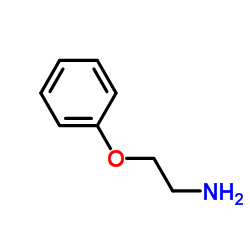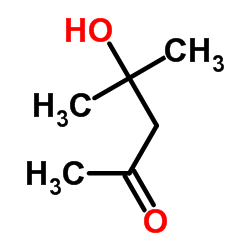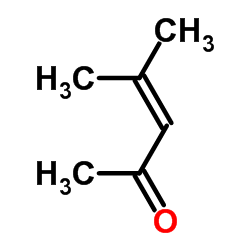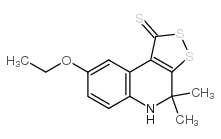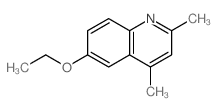91-53-2
| Name | Ethoxyquin |
|---|---|
| Synonyms |
6-Ethoxy-2,2,4-trimethyl-1,2-dihydroquinoline
Quinoline, 6-ethoxy-1,2-dihydro-2,2,4-trimethyl- EINECS 202-075-7 6-Ethoxy-1,2-dihydro-2,2,4-trimethylquinoline emq quinoled 1,2-dihydro-2,2,4-trimethylquinolin-6-yl ethyl ether UNII-9T1410R4OR 2,2,4-trimethyl-6-ethoxy-1,2-dihydroquinoline nocracaw amea100 Santoquin usafb-24 antageaw niflex ETMDQ 1,2-dihydro-6-ethoxy-2,2,4-trimethylQUINOLINE Santoflex niflexd MFCD00023883 Ethoxyquin |
| Description | Ethoxyquin is an antioxidant which has been used in animal feed for many years and also an inhibitor of heat shock protein 90 (Hsp90). |
|---|---|
| Related Catalog | |
| Target |
HSP90 |
| In Vitro | Ethoxyquin (EQ) does not block Paclitaxel’s (PTX’s) ability to induce cell death in 4 different breast cancer cell lines. Results demonstrate that only when Hsp90 level is down regulated is neuroprotec-tion provided by Ethoxyquin (EQ) no longer seen[2]. It is found that Ethoxyquin provides neuroprotection with a best efficacy range from 30 to 300 nM. It is interesting to note that higher (μM) concentrations of Ethoxyquin do not provide further neuroprotection and in fact at these higher concentrations Ethoxyquin loses its neuroprotective effects[3]. |
| In Vivo | Ethoxyquin (EQ) provides a dose-dependent neuroprotection. Although all 3 doses of Ethoxyquin provide partial neuroprotection against reduction in intraepidermal nerve fiber density, the peak efficacy is with the 75 μg/kg dose[2]. Rats treated with Ethoxyquin (EQ) alone or control vehicle treated rats gain weight as expected under normal physiological conditions[3]. |
| Kinase Assay | To evaluate the impact of Ethoxyquin (EQ) on Paclitaxel’s (PTX’s) ability to kill breast cancer cells, conditions for culturing 4 cancer cell lines and measuring the ATP levels are optimized for the 96-well plate format. Briefly, 1,500 cells/well in media are plated in 96-well plates for 24 hours. Constant concentrations of PTX with or without Ethoxyquin are added to the wells for another 24 hours. Cellular ATP levels are measured using kit according tomanufacturer ’s protocol[2]. |
| Cell Assay | Briefly, DRGs are harvested from embryonic day 14.5 rats according to standard protocols, then cells are plated onto collagen-coated glass coverslips and allowed to extend neurites for 24 hours in media (Neurobasal medium, 50 mM pencillin-streptomycin (PS), 0.2% FBS, 0.5 mM glutamine, 1×B-27 supplement, 0.2% glucose,10 ng/mL glial cell line-derived neurotrophic factor). Ethoxyquin (EQ) or vehicle control is added to the wells for another 24-hour incubation. DRG cells are fixed with 4% paraformaldehyde and stained with anti-βIII-tubulin antibody to delineate the axons. Axon lengths are measured in multiple fields using a random sampling method[2]. |
| Animal Admin | To examine the effect of Ethoxyquin (EQ) on Paclitaxel’s (PTX’s) ability to reduce tumor burden in vivo, a mouse model in which breast cancer cell line SUM-159 (3×106 tumor cells suspended in phosphate-buffered saline in a final volume of 0.15 mL) is injected subcutaneously into adult male nude mice. When the tumor size reaches 5 mm in diameter, the animals are randomly assigned to PTX or PTX with Ethoxyquin groups. Ethoxyquin is given by intraperitoneal administration on a daily basis for 3 weeks. At the end of 3 weeks, animals are euthanized and tumor size and weight are measured (n=5 per group)[2]. |
| References |
| Density | 1.0±0.1 g/cm3 |
|---|---|
| Boiling Point | 333.1±42.0 °C at 760 mmHg |
| Melting Point | <0ºC |
| Molecular Formula | C14H19NO |
| Molecular Weight | 217.307 |
| Flash Point | 137.8±17.3 °C |
| Exact Mass | 217.146667 |
| PSA | 21.26000 |
| LogP | 3.93 |
| Vapour Pressure | 0.0±0.7 mmHg at 25°C |
| Index of Refraction | 1.512 |
| Stability | Stable. Combustible. Incompatible with oxidizing agents, strong acids. Polymerizes if heated. May polymerize upon exposure to light and air. |
| Water Solubility | ethanol: 50 mL/L, clear, brown | <0.1 g/100 mL at 20 ºC |
CHEMICAL IDENTIFICATION
HEALTH HAZARD DATAACUTE TOXICITY DATA
MUTATION DATA
|
| Symbol |

GHS07 |
|---|---|
| Signal Word | Warning |
| Hazard Statements | H302 |
| Precautionary Statements | P301 + P312 + P330 |
| Personal Protective Equipment | Eyeshields;Faceshields;full-face respirator (US);Gloves;multi-purpose combination respirator cartridge (US);type ABEK (EN14387) respirator filter |
| Hazard Codes | Xn:Harmful |
| Risk Phrases | R22 |
| Safety Phrases | S24 |
| RIDADR | NONH for all modes of transport |
| WGK Germany | 1 |
| RTECS | VB8225000 |
| HS Code | 2933499090 |
|
~48% 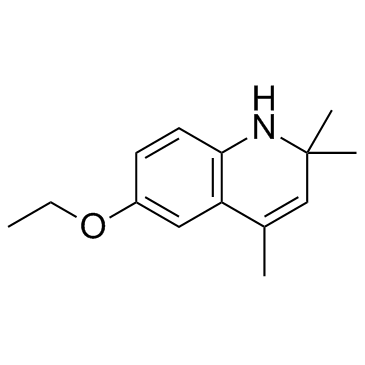
91-53-2 |
| Literature: Fotie, Jean; Rhodus, Jessica L.; Taha, Hashem A.; Reid, Carolyn S. Heteroatom Chemistry, 2012 , vol. 23, # 6 p. 598 - 604 |
|
~% 
91-53-2 |
| Literature: Mutation Research - Genetic Toxicology and Environmental Mutagenesis, , vol. 542, # 1-2 p. 117 - 128 |
| HS Code | 2933499090 |
|---|---|
| Summary | 2933499090. other compounds containing in the structure a quinoline or isoquinoline ring-system (whether or not hydrogenated), not further fused. VAT:17.0%. Tax rebate rate:13.0%. . MFN tariff:6.5%. General tariff:20.0% |


